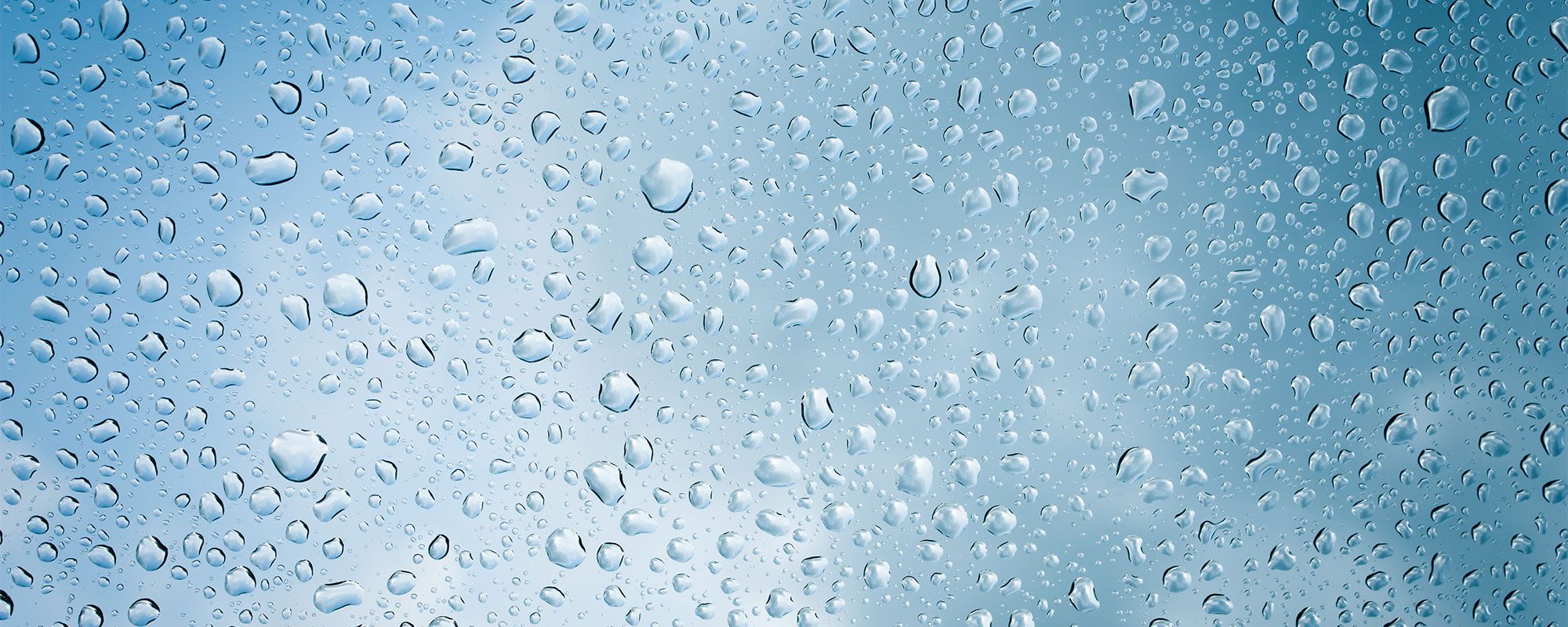Water vapour diffusion equivalent-air layer thickness = sd-value
The water vapour diffusion resistance (vapour barrier value) indicates how much a material hinders the diffusion (spread) of water vapour. This value is expressed as the water vapour diffusion resistance value µ (pronounced Mu). The water vapour diffusion resistance value indicated to what factor the material concerned seals more than a dormant air layer of the same thickness when it comes to water vapour. The higher the µ value, the more vapour-proof the material.
Vapour diffusion depends on the diffusion resistance of individual layers of material.
Examples:
µ Air = 1 [ ]
µ Wood = approx. 50 [ ]
µ Bricks, aerated concrete, plaster = approx.5 [ ]
µ Soft fibreboard (wood) = approx. 2 [ ]
µ PE sealing film = 100,000 [ ]
µ Mineral wool = 1 [ ]
µ Plaster board = 10 [ ]
µ Concrete = 50 – 100 [ ]
µ PS foam (polystyrene EPS) = approx. 50 [ ]
µ ISO-BLOCO 600 = ≤ 100 [ ]
µ ISO-Connect EPDM-Inside = 300,000[ ]
The diffusion resistance is typically measured with the water vapour diffusion equivalent-air layer thickness in the form of the sd-value. The calculation is based on the following:
Water vapour diffusion resistance value µ (dimensionless) x Material thickness (in metres) = sd-value (in metres)
s denotes the distance and d the diffusion.
The sd-value is a comparative figure which indicates the thickness of the dormant air layer; this in turn reflects the diffusion resistance of the construction component being assessed. Therefore, a 20 cm-thick brick wall has a diffusion resistance of µ Bricks 5 x 0.2 m = 1m, which means that a 20 cm-thick brick wall has the same diffusion resistance as a 1 m-thick dormant air layer. An ISO-CONNECT EPDM Inside film with a thickness of 0.8 mm has the same diffusion resistance as a dormant air layer with a thickness of 240 m; 300,000 x 0.0008 m = 240 m. The higher the sd-value of a specific layer of construction components, the harder it is for moisture to diffuse through these areas in its vapour form.
The preference is to have materials with a higher sd-value on the inside of a heated building than on the outside. The higher vapour diffusion resistance on the inside of the connection joints hinders the diffusion of moisture into the joints and therefore prevents condensation.
A low sd-value on the outside of the construction connection joints helps the moisture flow to drain away quickly and the connection joints stay permanently dry.
Section 3 of the DIN 4108 expands on the information and states that materials with an sd-value of ≤ 0.5 m are classed as open to vapour diffusion, those with an sd-value of between 0.5 m and 1500 m hinder the diffusion of vapour and those with and sd-value of ≥1500 m seal against vapour diffusion.
Source: Wikipedia / Baulexikon









